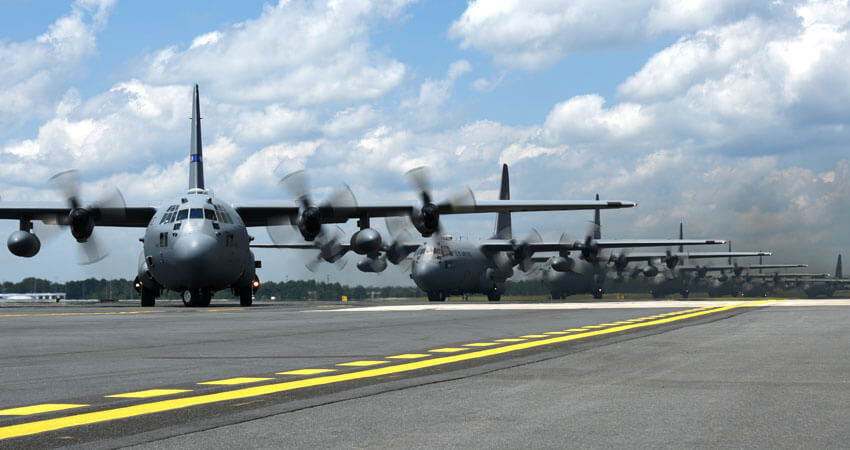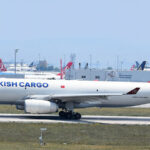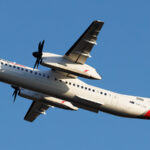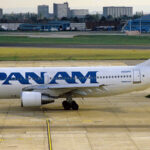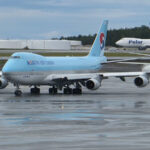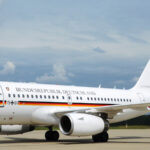It’s not the fastest, it can’t carry the most cargo, but it’s one of the most versatile and preferred aircraft in the world: from the 1950s to today, various versions of the Lockheed C-130 Hercules have been soaring through the skies with their cargo.
This aircraft has shattered all kinds of records. Its manufacturer, Lockheed Martin, reported in 2015 that it had delivered more than 2,500 aircraft to its numerous users. Even today, modernized versions of this aircraft are still being produced, with ongoing demand from customers.
The C130 Hercules: The Military’s Favorite
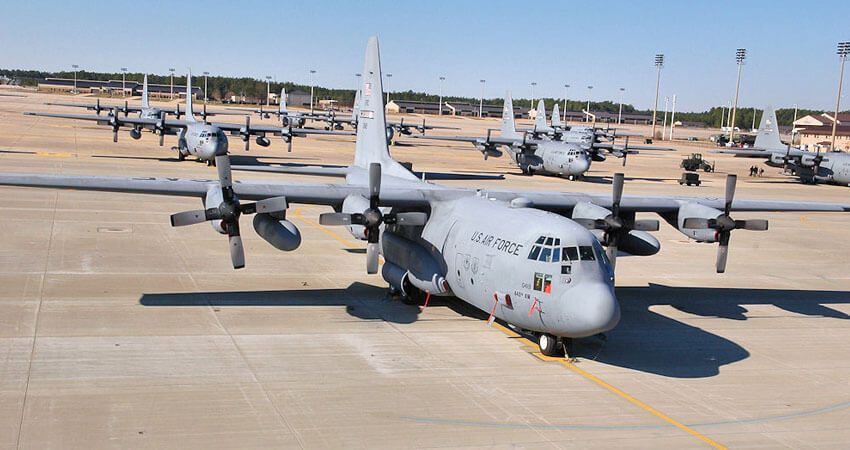
This cargo aircraft is one of the most widely used by military forces around the world. One of its main operators is the United States, which uses this powerful, safe, and versatile cargo aircraft across various branches of its armed forces and security agencies. Additionally, many countries in Europe, America, Asia, and Africa have or have had these aircraft in their air forces.
Experts explain that this popularity is due to some features that are highly useful for cargo transport. On one hand, its capacity to carry 20 tons is substantial, allowing it to transport vehicles and other large items.
Moreover, as a turboprop aircraft, the Hercules is capable of flying at low speeds, facilitating certain actions. For example, it is very useful for dropping paratroopers or even, from low altitudes, heavy vehicles such as tanks or armored vehicles.
On the other hand, unlike jet-powered aircraft, it can land on much rougher and shorter runways. This makes it straightforward to operate this aircraft in combat zones and challenging terrains.
But that’s not all. This aircraft has also been frequently used for in-flight refueling of fighter and bomber aircraft, as well as for troop transport, as it can easily be modified for these different purposes. It even has some versions equipped with weaponry. One of the most curious cases is when Argentina homologated Lockheed C-130 Hercules as rudimentary bombers.
Carrying Heavy Loads with Low Emissions
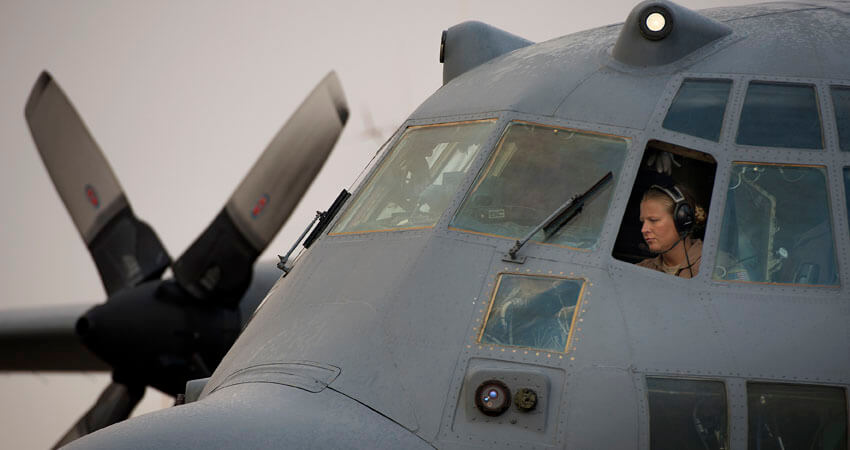
Unlike jet aircraft, turboprops like the C130 Hercules have relatively low fuel consumption. Due to the technology it uses, it consumes about 2,400 pounds of fuel per hour. That’s nearly one-third less than the modern Boeing 747 Freighter, specialized in cargo transport.
This makes its carbon footprint moderately lower than that of other aircraft, which is further accentuated because newer models have been modified for better thrust while using less fuel.
Additionally, in some of its versions, it has an important environmental mission: it can be used as a water bomber. This means that this cargo aircraft can be modified to assist in firefighting, a serious problem affecting forests, fields, and mountains worldwide.
However, especially in the case of older models, it still suffers from a common issue with turboprops: the powerful noise generated during operation. This makes it problematic for urban operations, especially during peacetime.
The Achievements and Records of the C130 Hercules
The Hercules aircraft has challenged the achievements of many aircraft of its kind due to its unique characteristics, making it a true record-breaking aircraft.
To start with, it’s one of the most produced aircraft of its kind, with about 3,000 units produced since its creation in 1955. This makes it one of the most produced non-combat aircraft in the world, surpassing heavyweights like the Boeing 747. Only the popular Boeing 737 and Airbus A320 have managed to exceed its production numbers, although it’s worth noting that these are aircraft with very different characteristics and functions.
Its latest version, the C-130J Super Hercules, surpassed 2 million flight hours among all its operators in 2019, with less than 20 years of operations. It maintains an excellent safety record, far below that of similar aircraft.
Furthermore, it’s one of the few cargo aircraft that can land on the challenging runways of Antarctica. The first landing occurred in 1959, and the Hercules’ range allows nearby countries to travel directly from the continent to their bases, as Argentina and Chile regularly do.
Another record this aircraft achieved is that, to this day, it remains the heaviest and largest aircraft to have ever landed on an aircraft carrier. In 1963, the United States accomplished this feat, showcasing the versatility of this aircraft.

